Blisters
Introduction
Blistersare small pockets of fluid that usually form in the upper layers of skin after it's been damaged.Blisters can develop anywhere on the body but are most common on the hands and feet.
Fluid collects under the damaged skin, cushioning the tissue underneath. This protects the tissue from further damage and allows it to heal.
Most blisters are filled with a clear fluid (serum), butmay befilled with blood (blood blisters) or pus if they become inflamed or infected.
Treating blisters
Most blisters heal naturally after three to seven days and don't require medical attention.
It's important to avoid bursting the blister, because this could lead to an infection or slow down the healing process.
If the blister does burst, don't peel off the dead skin. Instead, allow the fluid inside the blister to drain and cover the area with a dry, sterile dressing to protect it from infection until it heals.
You should also talk to your GP if you have blisters in unusual places, such as on your eyelids or inside your mouth, or if they appear after severe sunburn, Burns and scalds or an allergic reaction , or after coming into contact with chemicals or other substances.
What causes blisters?
Blisters can be caused by:
- friction to the skin
- heat for example, from sunburn or a scald
- contact with chemicals, such as detergent
- medical conditions, such as chickenpox and impetigo
For example, you can:
- wear comfortable, well-fitting shoes
- help keep your feet dry with thicker socks or talcum powder
- wear gloves when handling chemicals
- use sunscreen
.
Introduction
A blister is a small pocket of fluid that forms in the upper layers of the skin.
Causes of blisters
Blisters are most often caused by skin being damaged by friction or heat. Certain medical conditions also cause blisters to appear.
Treating blisters
Most blisters heal naturally and don't require medical attention.See your GP if you have a blister that becomes infected.
Preventing blisters
There are several ways to prevent getting blisters from friction, sunburn or chemicals.

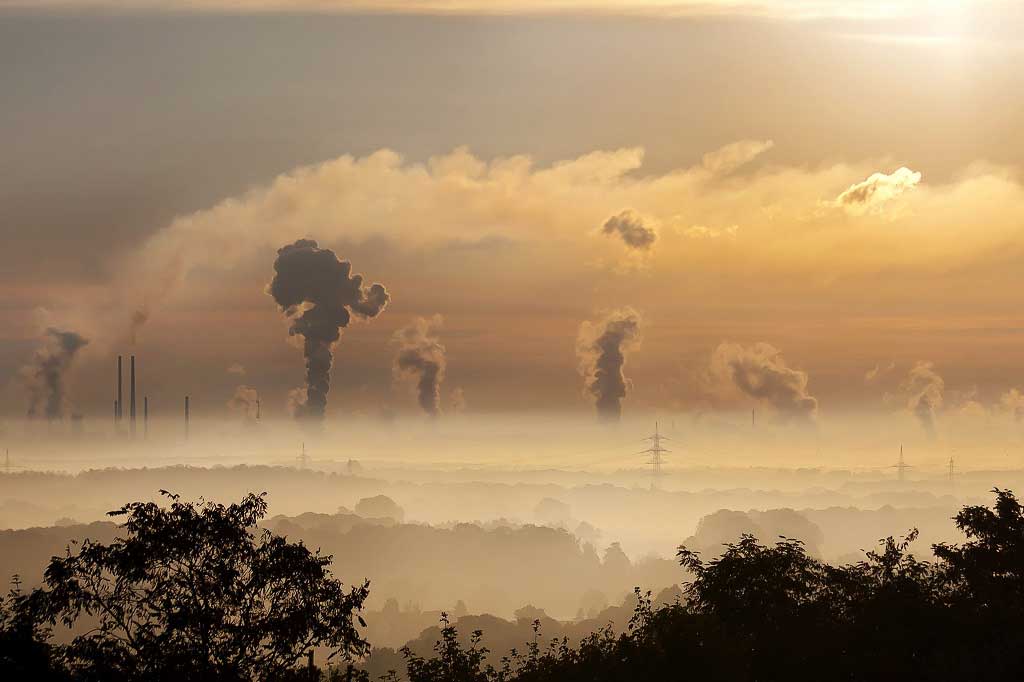
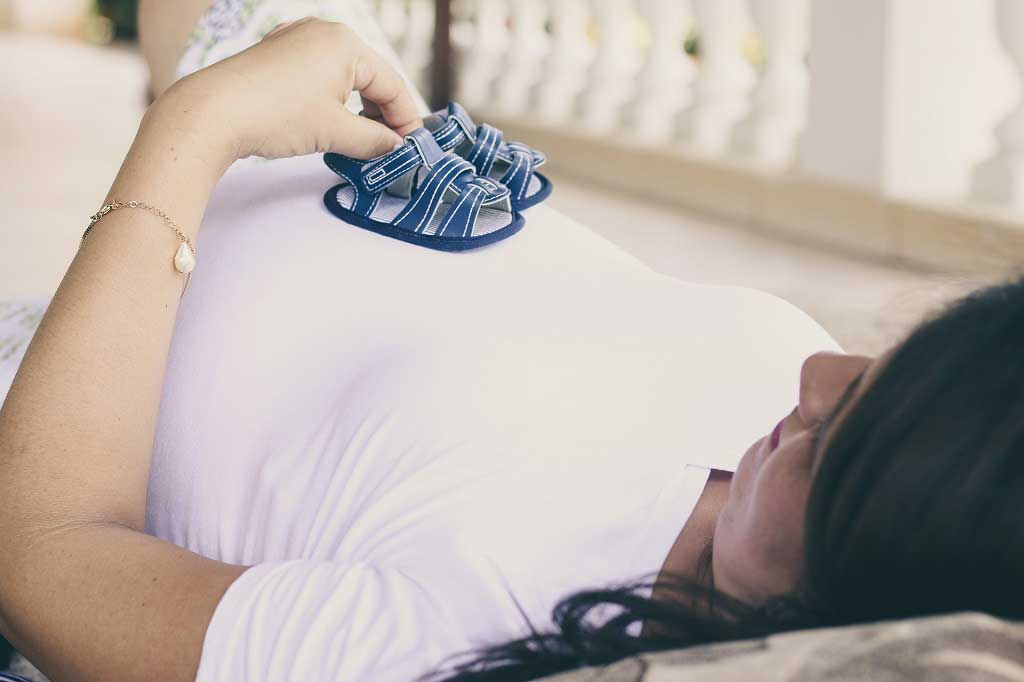
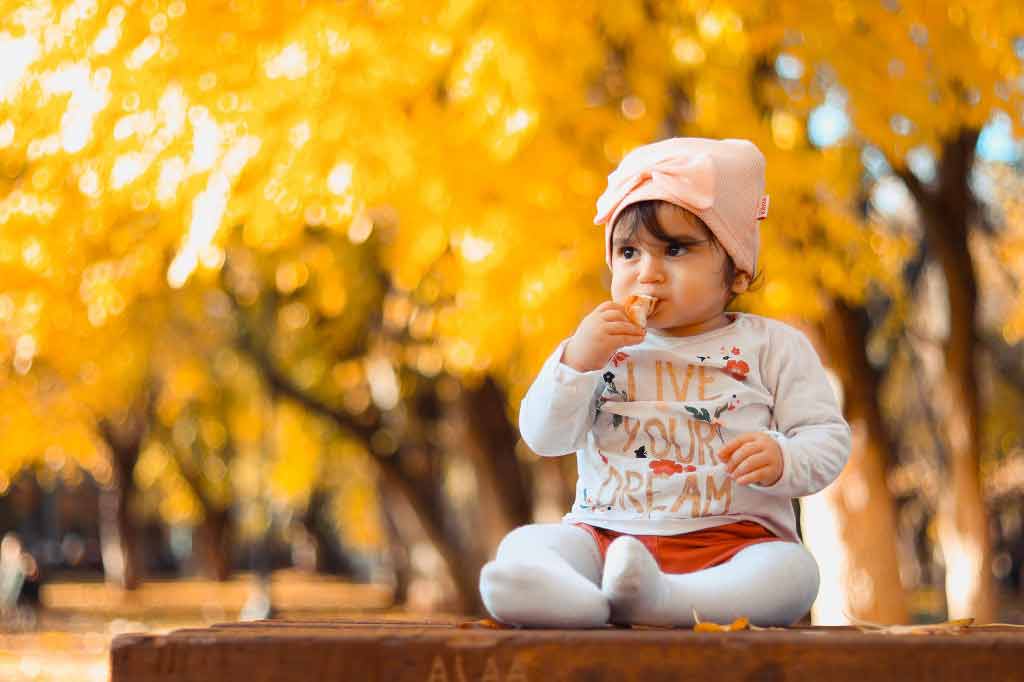
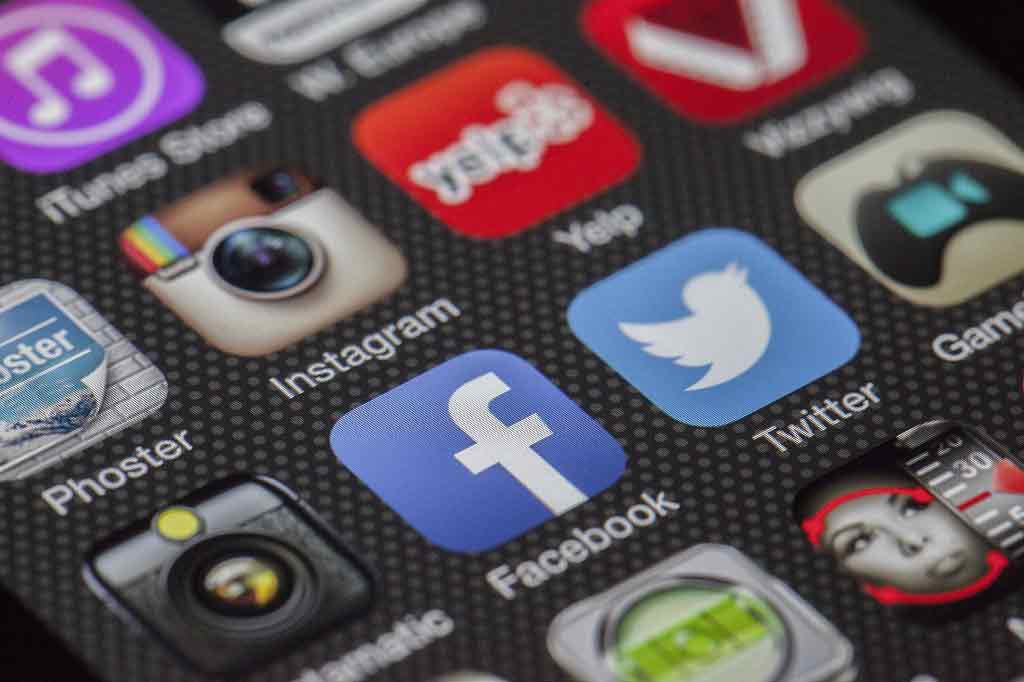
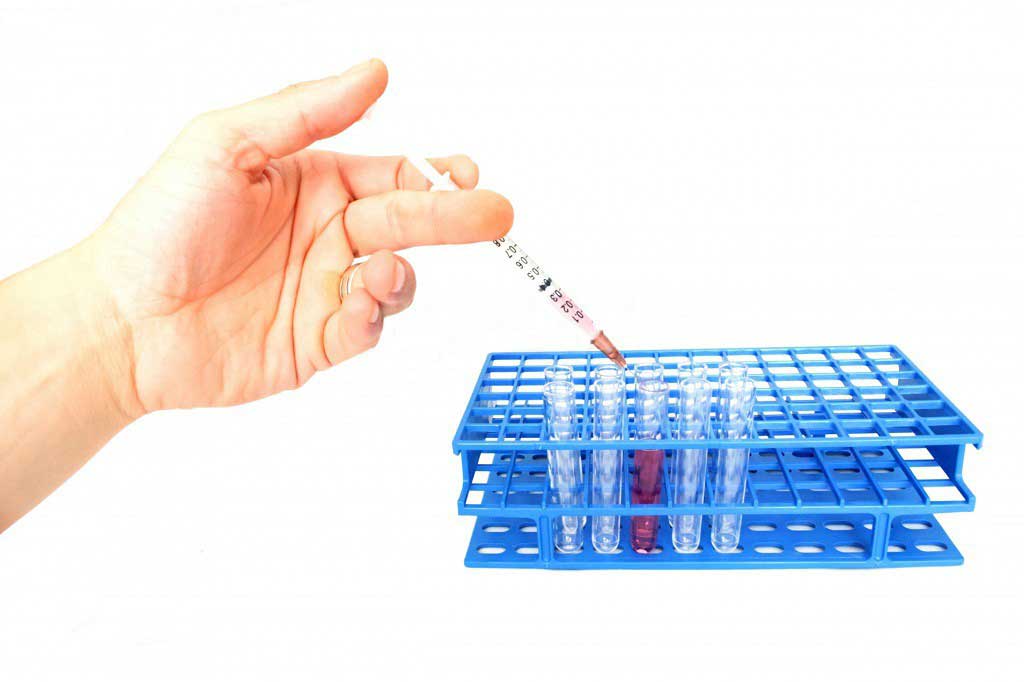
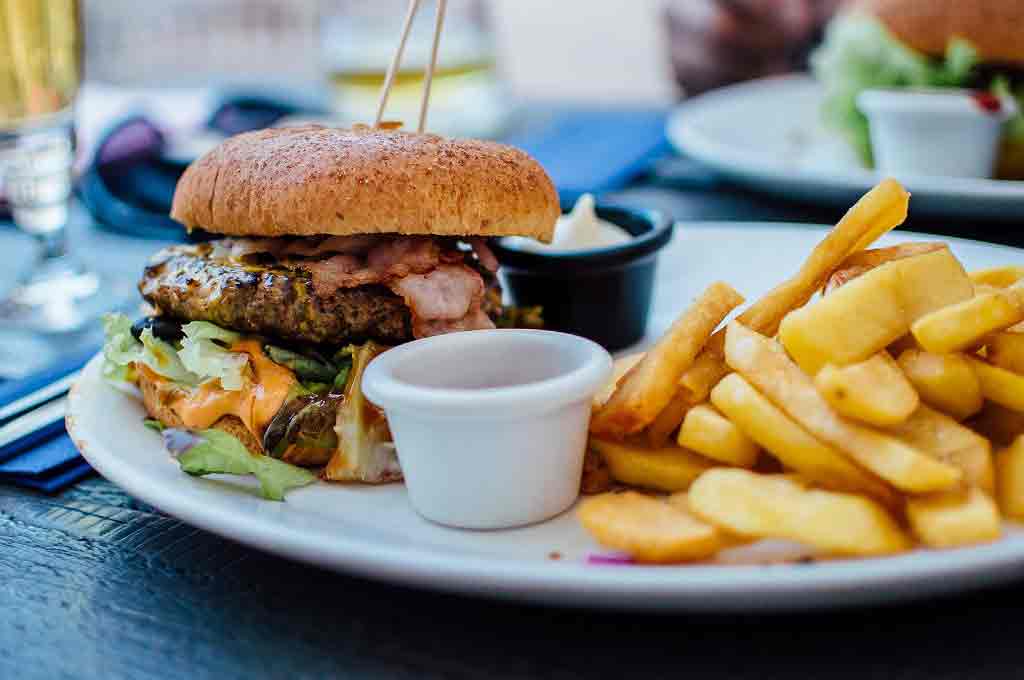
 Subscribe
Subscribe Ask the doctor
Ask the doctor Rate this article
Rate this article Find products
Find products